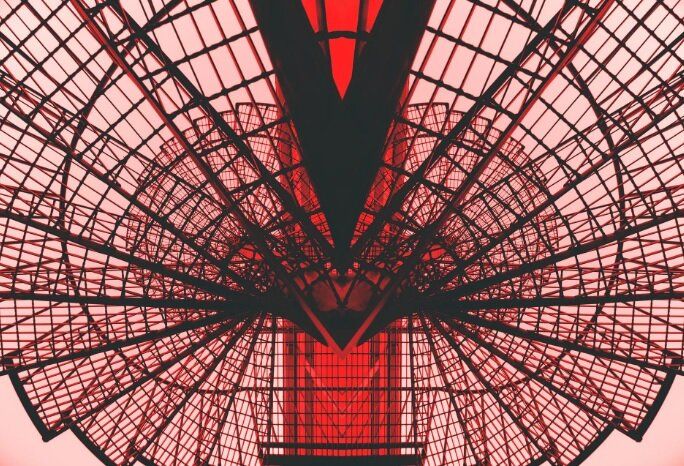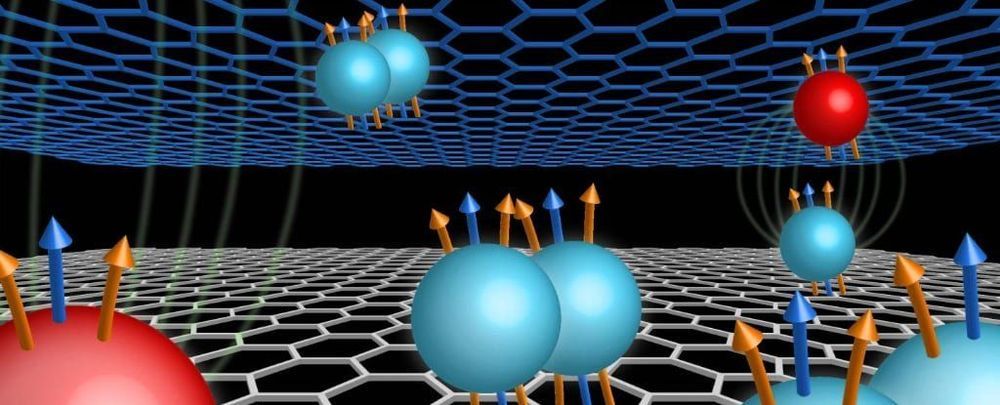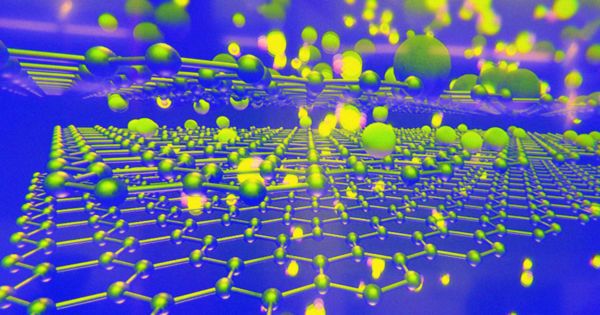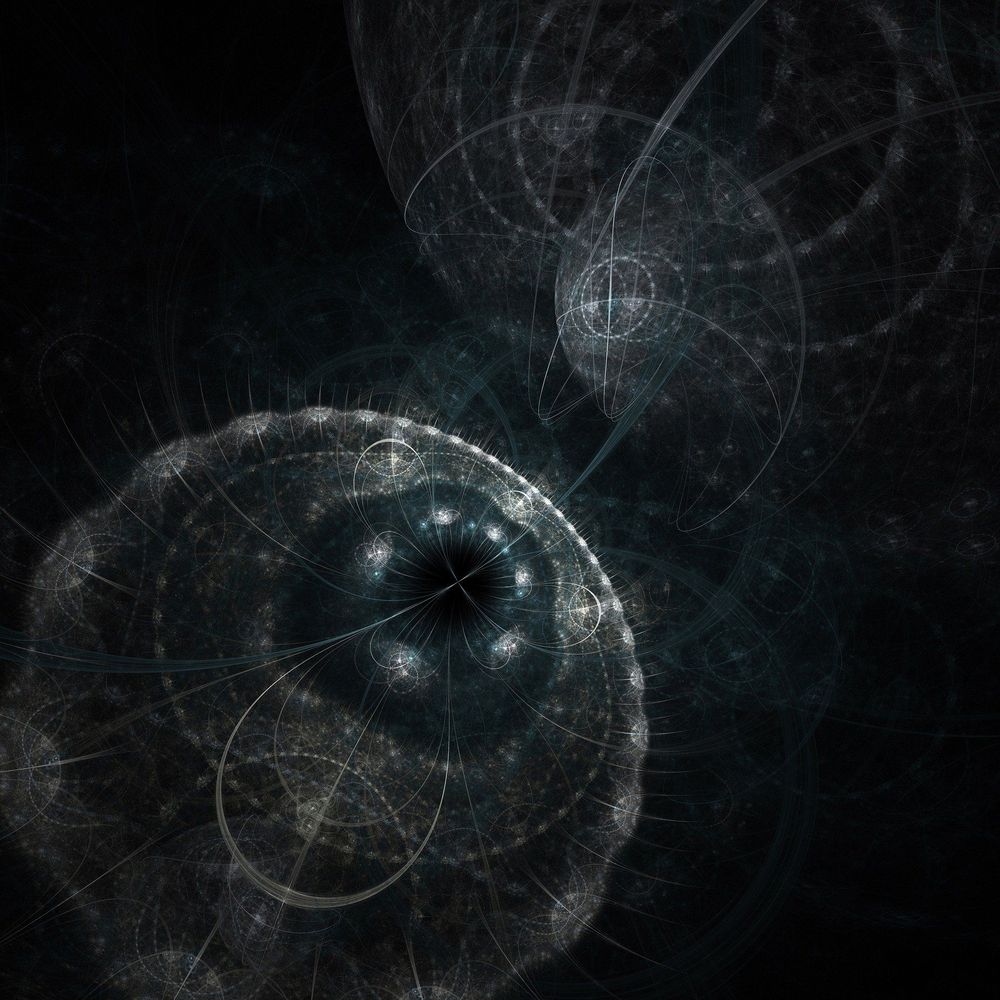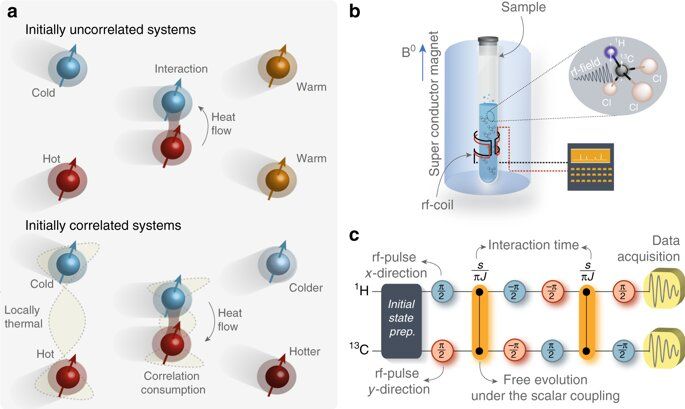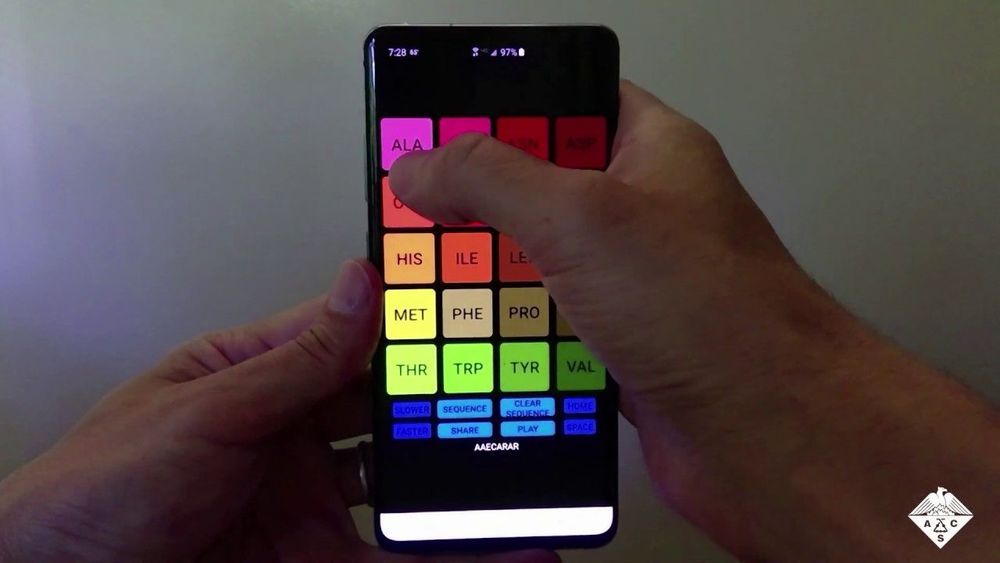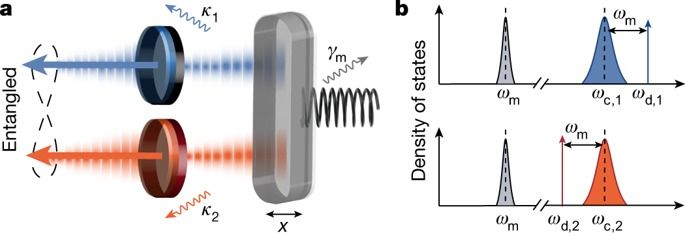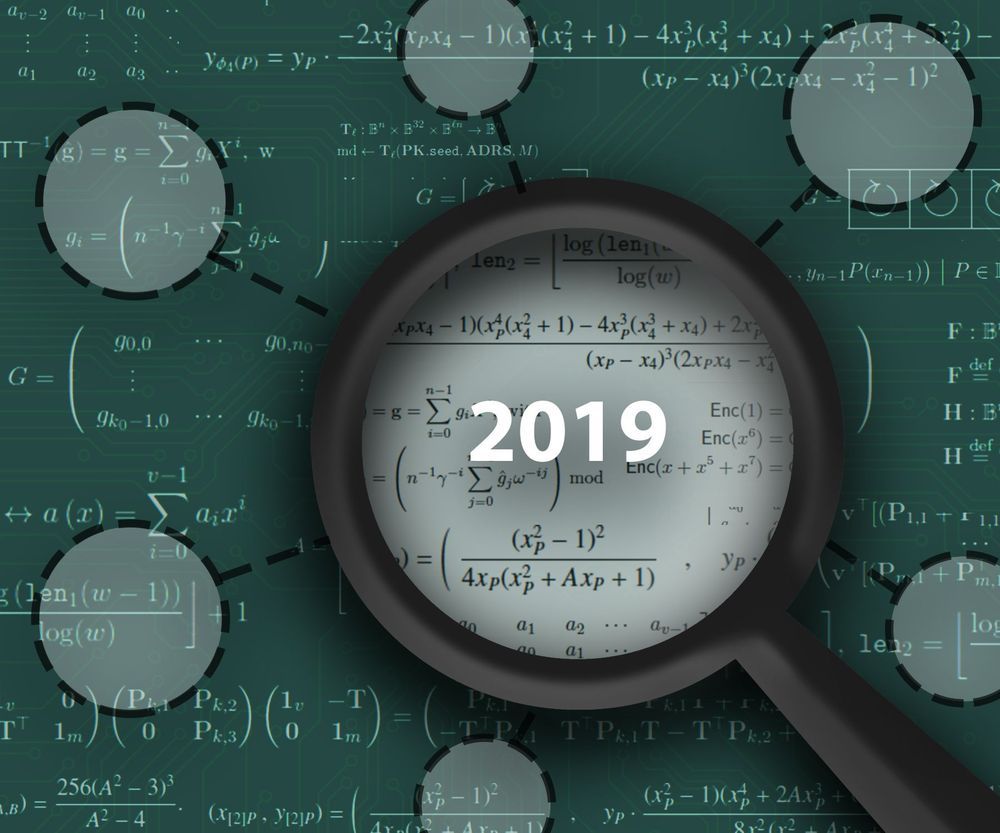Information and gravity may seem like completely different things, but one thing they have in common is that they can both be described in the framework of geometry. Building on this connection, a new paper suggests that the rules for optimal quantum computation are set by gravity.
Physicists Paweł Caputa at Kyoto University and Javier Magan at the Instituto Balseiro, Centro Atómico de Bariloche in Argentina have published their paper on the link between quantum computing and gravity in a recent issue of Physical Review Letters.
In the field of computational complexity, one of the main ideas is minimizing the cost (in terms of computational resources) to solve a problem. In 2006, Michael Nielsen demonstrated that, when viewed in the context of differential geometry, computational costs can be estimated by distances. This means that minimizing computational costs is equivalent to finding minimal “geodesics,” which are the shortest possible distances between two points on a curved surface.
